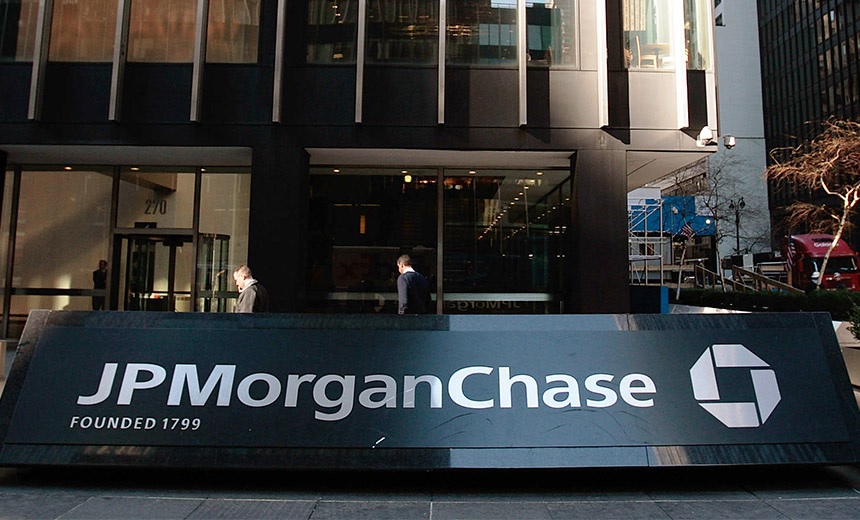by William Smead, Smead Capital Management
Dear fellow investors,
As bottom-up stop pickers and long-term investors, sentiment indicators don’t rank very high on our list of important considerations. However, there are times when extremes of sentiment occur and can have an impact on which stock sectors we avoid or ones we get attracted to researching.
A few things are going on which triggered putting our thoughts about sentiment on paper. First, sentiment is only important at extremes and even extremes of overly bullish or bearish sentiment can last longer than anyone other than a contrarian can stand. By the fall of October 2008, negative sentiment was at historically high bearish levels. Severely negative sentiment lasted until the stock market bottomed in March of 2009. Ridiculously high bullish sentiment was maintained for the last 18 months of the dotcom bubble in 1998-2000.
Second, one of our favorite keepers of market sentiment statistics was a Wheat First Securities market strategist named Don Hays. Mark Dodson CFA has an asset allocation firm called Cypress Capital, which has continued Don’s great work on examining sentiment extremes. Their report this week has enough overly bullish historical sentiment extremities to make a value a manager like us get excited about avoiding popular common stocks.
Third, since we stay fully invested and don’t practice market timing, how does our attitude on sentiment indicators compare with great investors like Warren Buffett and John Templeton? Buffett rarely paid much attention to sentiment except at extremes. In 1999, Buffett compared the dotcom bubble and its excitement/mania by saying, “Manias are like orgies, they get the most exciting close to the end!” Templeton liked to buy stocks at what he called “the point of maximum pessimism.” He was most likely to find that point at major negative sentiment extremes.
What stocks are enjoying historically high bullishness that deserves avoidance? Start with this chart of up years that have narrow participation. The year 2023 is breaking all prior records!
The current mania for Artificial Intelligence stocks looks to us like the extension of the innovation mania that peaked in 2021.
Finally, tech stocks are in the late stages of the biggest speculative orgy I have seen in 43 years of stock market participation:
In conclusion, this appears to be one of those times when extremes of bullish sentiment and participation in the most aggressive and popular securities could lead to stock market failure. Also, it means the S&P 500 Index looks like an over-cooked goose because it is massively overloaded with stocks that don’t offer favorable long-term returns.
Fear stock market failure,

William Smead
The information contained in this missive represents Smead Capital Management’s opinions, and should not be construed as personalized or individualized investment advice and are subject to change. Past performance is no guarantee of future results. Bill Smead, CIO, wrote this article. It should not be assumed that investing in any securities mentioned above will or will not be profitable. Portfolio composition is subject to change at any time and references to specific securities, industries and sectors in this letter are not recommendations to purchase or sell any particular security. Current and future portfolio holdings are subject to risk. In preparing this document, SCM has relied upon and assumed, without independent verification, the accuracy and completeness of all information available from public sources. A list of all recommendations made by Smead Capital Management within the past twelve-month period is available upon request.
©2023 Smead Capital Management, Inc. All rights reserved.
This Missive and others are available at www.smeadcap.com



















